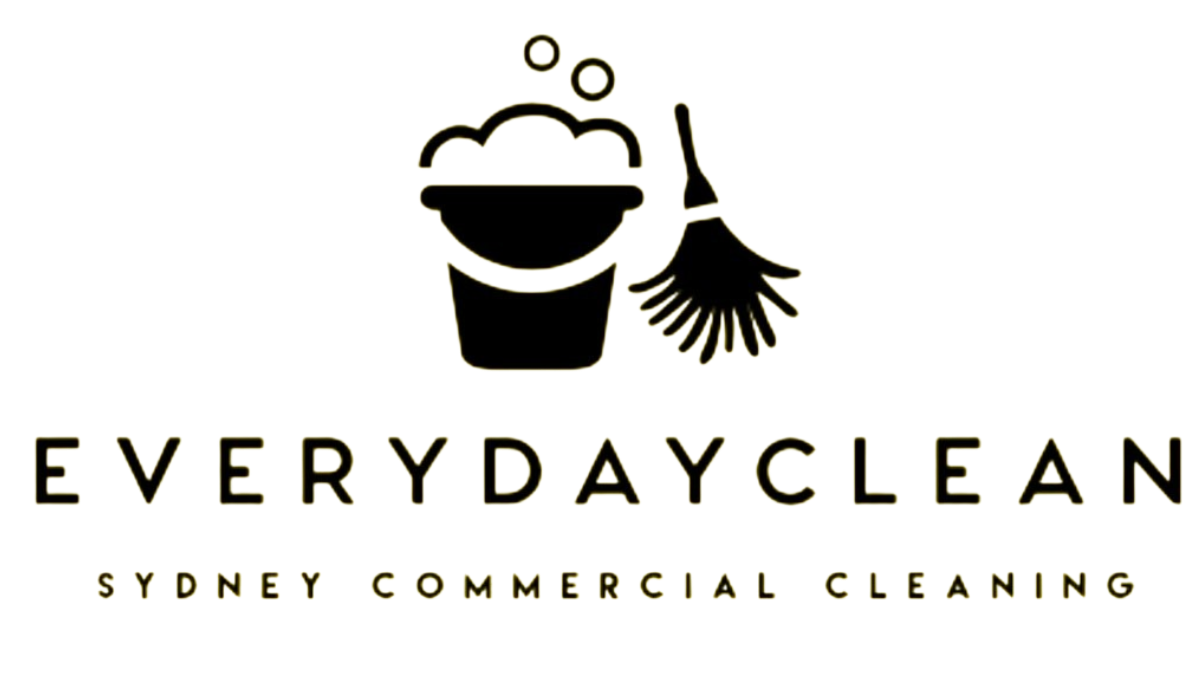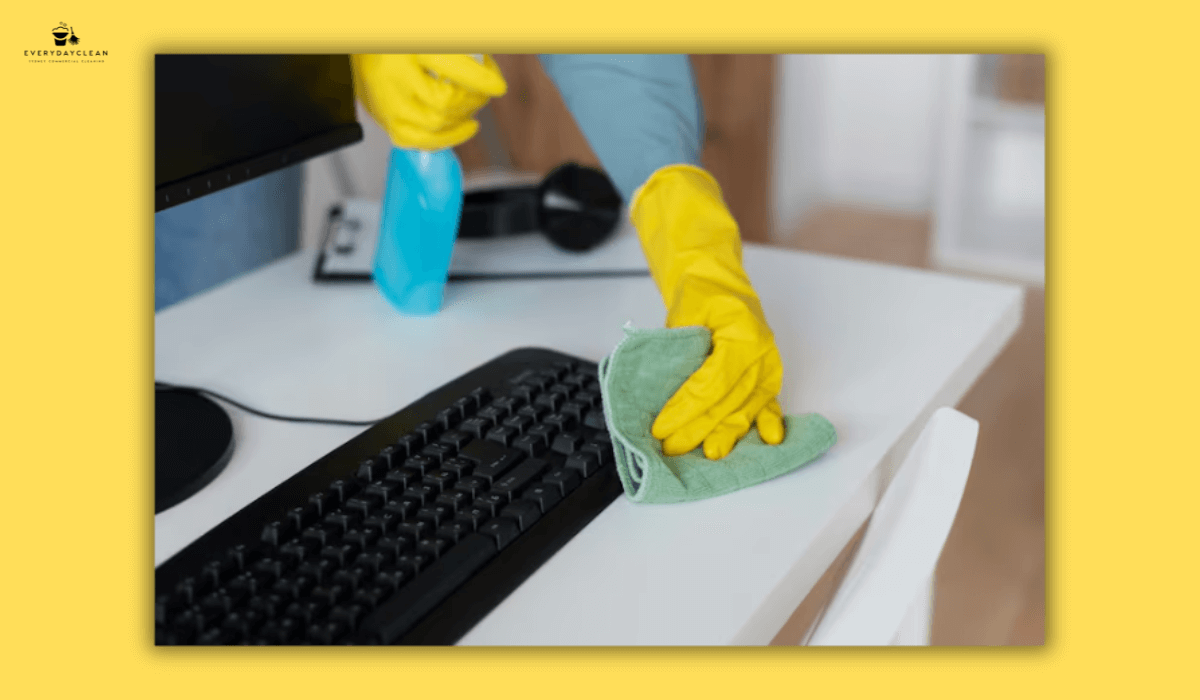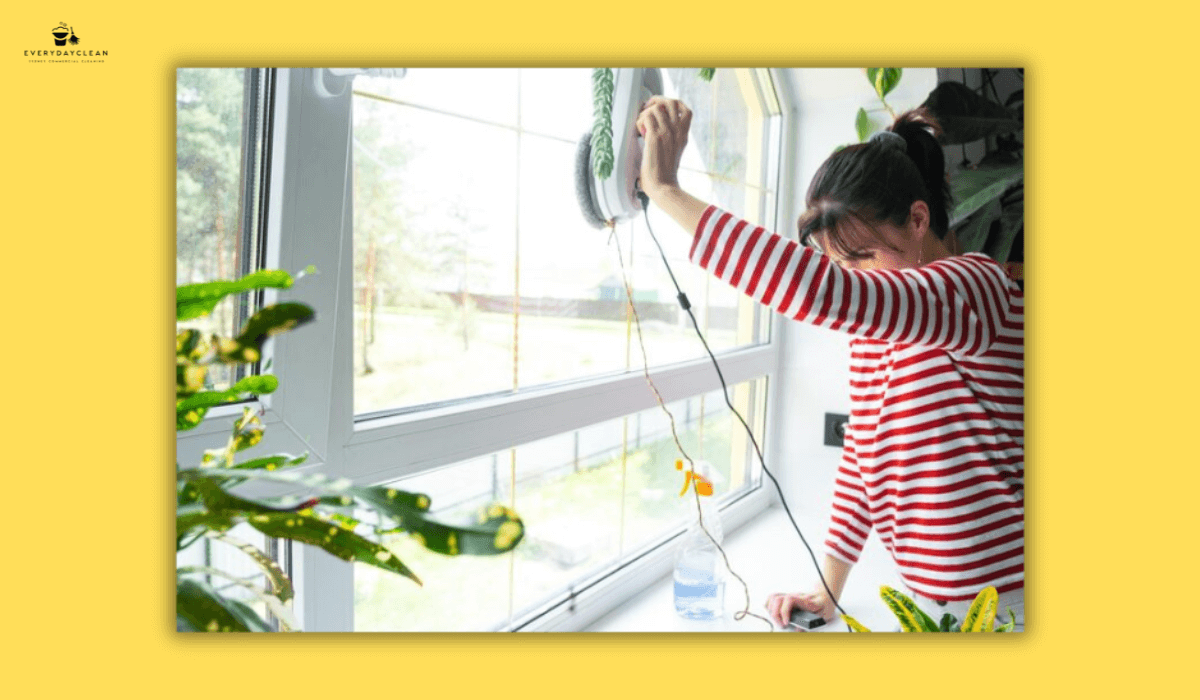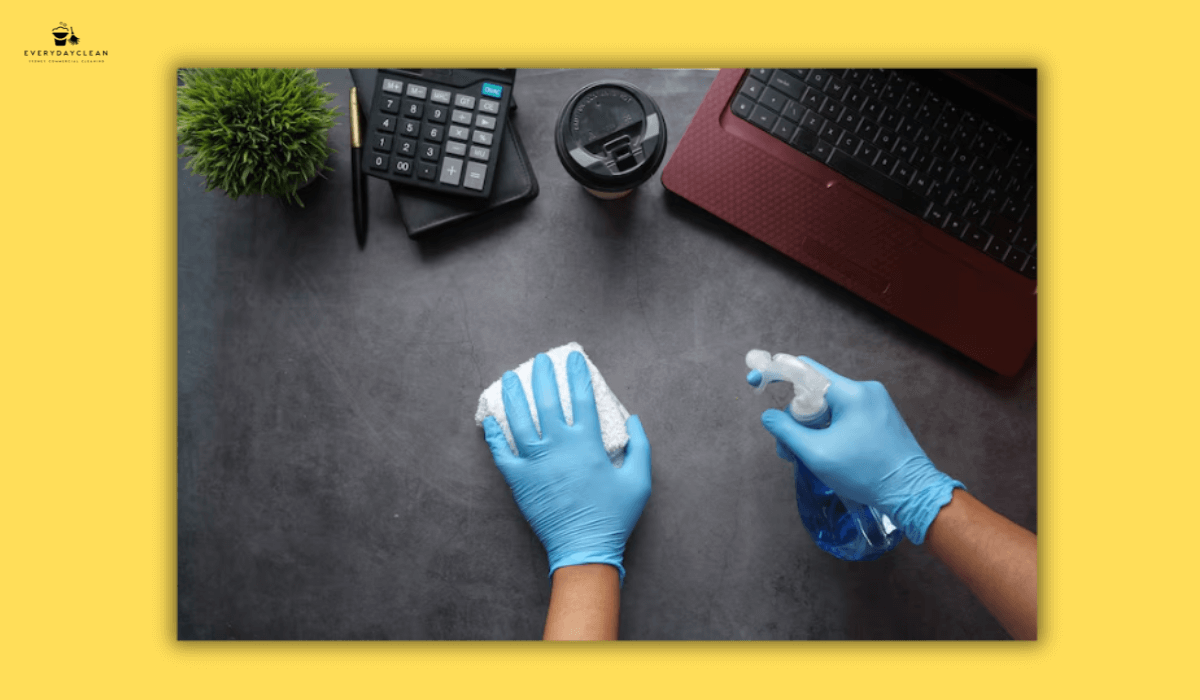9 Best Eco-Friendly Cleaning Products for Schools
Eco-friendly cleaning products for school use plant-based ingredients, biodegradable formulas, and non-toxic disinfectants to maintain hygiene safely around children. The best options include multipurpose cleaners made from citrus or pine oils, fragrance-free hand soaps, and concentrated floor solutions that minimise waste. Schools can further reduce their environmental impact by choosing products certified for sustainability and by using reusable tools like microfibre cloths instead of disposable wipes. This guide outlines the most effective and approved green cleaning options for classrooms, restrooms, and shared spaces in Australian schools.
The Importance of Green Cleaning in Schools
Schools are unique environments where hundreds of students interact daily, sharing desks, equipment, and facilities. Conventional chemical cleaners may contain volatile organic compounds (VOCs), harsh bleaches, and artificial fragrances that contribute to respiratory irritation and indoor air pollution.
Eco-friendly cleaning products solve this by using biodegradable ingredients, plant-based surfactants, and low-toxicity formulations that effectively eliminate germs without endangering health or the environment. For cleaning staff and school administrators, the result is a more pleasant workspace, fewer allergic reactions, and long-term cost savings through concentrated, refillable systems.
1. Plant-Based All-Purpose Cleaners
Plant-based all-purpose cleaners are ideal for classrooms, desks, and common areas. Formulated with natural surfactants derived from coconut or corn, they effectively remove grime and residues while being gentle on surfaces.
Unlike harsh ammonia or chlorine-based formulas, eco-certified alternatives such as Enviroplus Multi-Purpose Cleaner or Earth Choice Commercial Surface Spray reduce harmful emissions and residue build-up, keeping indoor air safer for students.
2. Green Disinfectant Sprays for Classrooms
Disinfectants are essential for controlling bacteria and viruses in high-touch zones like desks, doorknobs, and shared supplies. Schools can now use hydrogen-peroxide-based or citric-acid-based disinfectants that meet TGA and EPA safety standards.
These formulas kill pathogens such as influenza, E. coli, and norovirus — without the lingering chemical odour typical of quaternary ammonium compounds (“quats”). Products like Koala Eco Natural Disinfectant Spray exemplify safe efficacy backed by clinical testing.
3. Fragrance-Free Cleaners for Sensitive Students
Many students experience sensitivity to synthetic fragrances and aerosols. Fragrance-free or hypoallergenic products prevent allergic reactions and are suitable for asthma-safe environments.
When selecting these, check that the product is clearly labelled “no added fragrance” and certified by independent ecolabel programs such as
GECA or
Green Seal. Regular use can significantly reduce absenteeism due to allergy-related symptoms. This is especially critical in early learning environments, where our
child care cleaning services prioritise hypoallergenic and fragrance-free hygiene solutions.
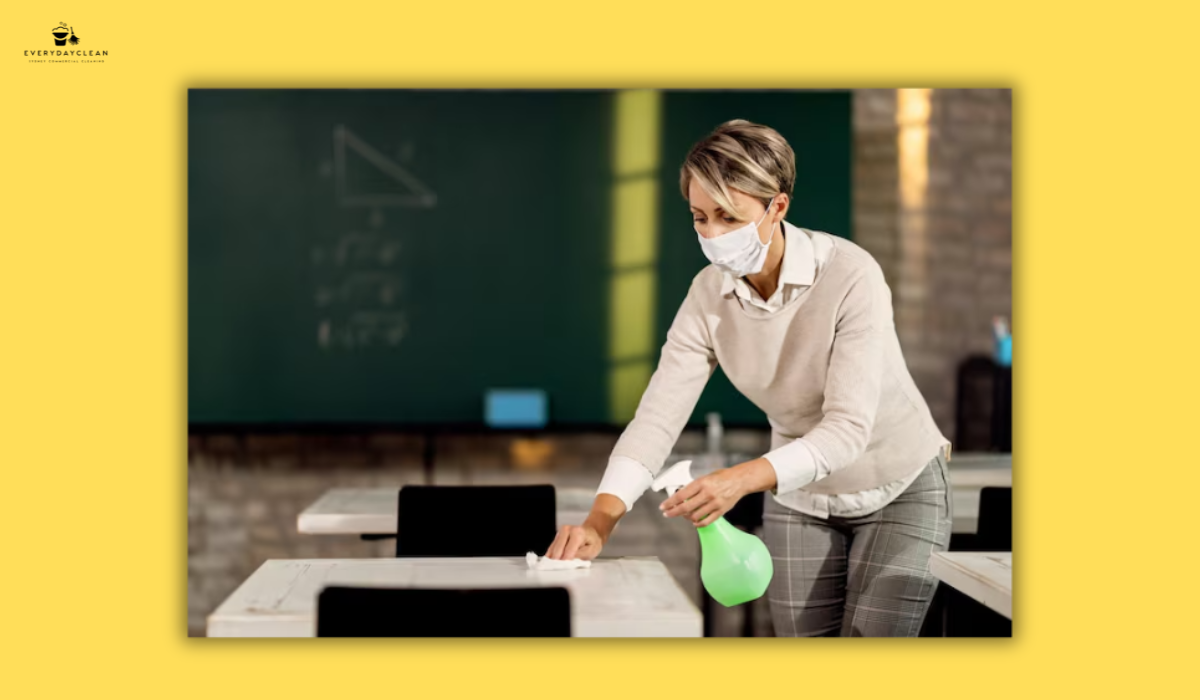
4. Floor Cleaners for Gyms and Hallways
High-traffic areas require durable yet safe cleaning solutions. Eco-friendly floor cleaners based on plant-derived surfactants provide strong degreasing power while minimising slipperiness and chemical residue.
Concentrated floor cleaning systems — such as Peerless JAL Enviro Neutral Floor Cleaner — reduce water use, packaging waste, and transport emissions. These products are compatible with machine cleaning and manual mopping, making them efficient for custodial teams managing large areas.
5. Bathroom and Restroom Cleaners
Bathrooms are the toughest test for any cleaning regime. Eco formulations using lactic acid, citric acid, or natural enzymes can dissolve mineral build-up, soap scum, and organic stains while remaining biodegradable and safe for wastewater systems.
Many schools now implement closed-loop dosing systems that prevent overuse and improve cost control. This not only maintains hygiene but also reduces chemical exposure for cleaning staff.
6. Glass and Window Cleaners
Eco friendly glass cleaners use alcohol-free, non-streaking formulations that deliver clarity without harsh solvents. These are particularly valuable in classrooms where ventilation is limited.
Choose ammonia-free options like Tri Nature Chamomile Glass Cleaner, which relies on botanical ingredients and pH-neutral agents for a streak-free shine.
7. Hand Soap and Sanitiser Systems
Frequent handwashing is one of the most effective hygiene defences in schools. Plant-based hand soaps containing aloe vera or essential oils can clean effectively without sulphates or parabens.
For sanitising stations, alcohol-based gels should meet World Health Organization (WHO) standards yet include moisturising agents to prevent irritation in younger children. Bulk refill systems reduce single-use plastic waste and operational costs.
8. Microfibre Cloths and Reusable Cleaning Tools
Eco-friendly cleaning extends beyond the product formula — it includes the tools used daily. High-quality microfibre cloths capture dust and bacteria using less water and no chemicals, drastically reducing overall cleaning product use.
Paired with washable mop heads, colour-coded cloths, and ergonomic handles, these tools promote efficiency and safety for custodial staff. Reusable systems can cut waste output by over 70 percent annually.
9. Bulk and Refillable Cleaning Systems
For large schools or multi-campus facilities, bulk purchasing of concentrated cleaners offers sustainability and cost benefits. Concentrates reduce freight volume, plastic waste, and carbon emissions — while dispensing units ensure accurate dilution and prevent overuse.
Australian suppliers such as
Enviroplus,
Peerless JAL, and
Koala Eco provide refill systems compatible with existing cleaning programs. This closed-loop approach helps institutions meet sustainability targets and align with green procurement policies.
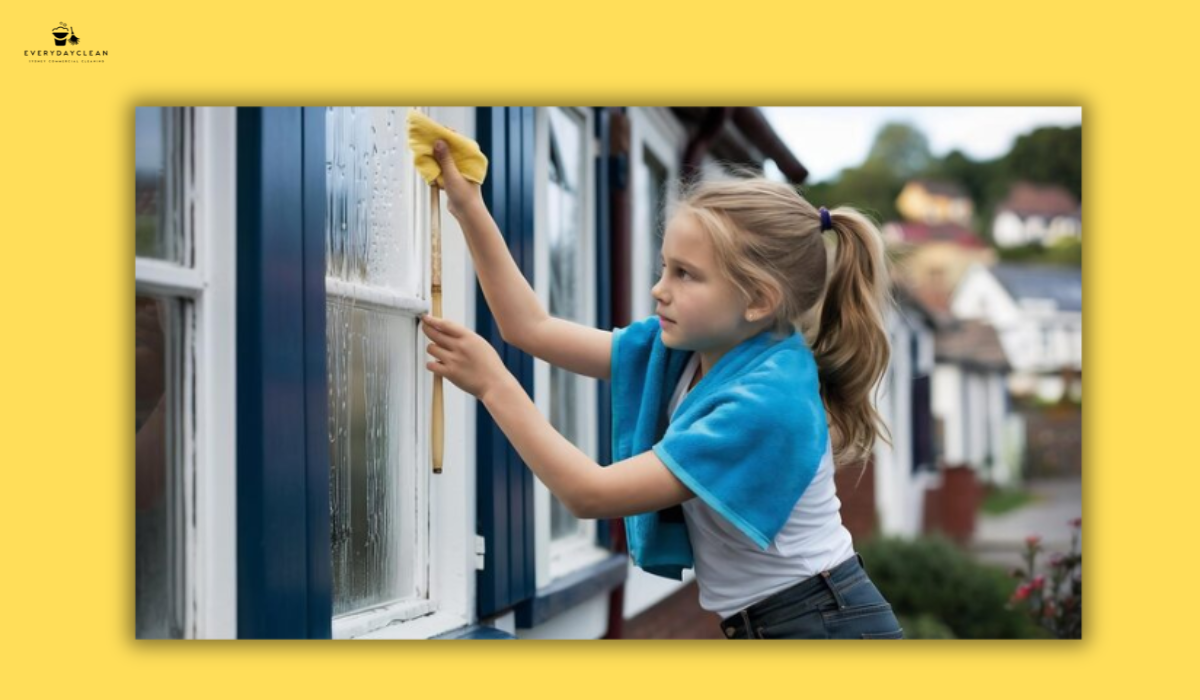
How to Transition Your School to Eco-Friendly Cleaning Products
Switching from conventional cleaning agents to green alternatives is a structured process. Below are the key steps schools should follow:
- Audit current inventory – Identify all products in use, their hazards, and consumption rates.
- Create procurement criteria – Require ecolabel certification (GECA, EcoLogo, or Green Seal).
- Trial before full adoption – Test in one area (e.g., classrooms) to evaluate performance and cost.
- Train custodial staff – Teach safe handling, dilution, and storage practices.
- Communicate with teachers and parents – Explain the health and environmental benefits to build community support.
- Monitor and adjust – Review chemical use, cost savings, and feedback to refine the program.
This step-by-step approach ensures smooth adoption, measurable outcomes, and sustained results. For facilities that also cater to young children, refer to our full
daycare cleaning checklist to ensure all safety and hygiene protocols are addressed consistently.
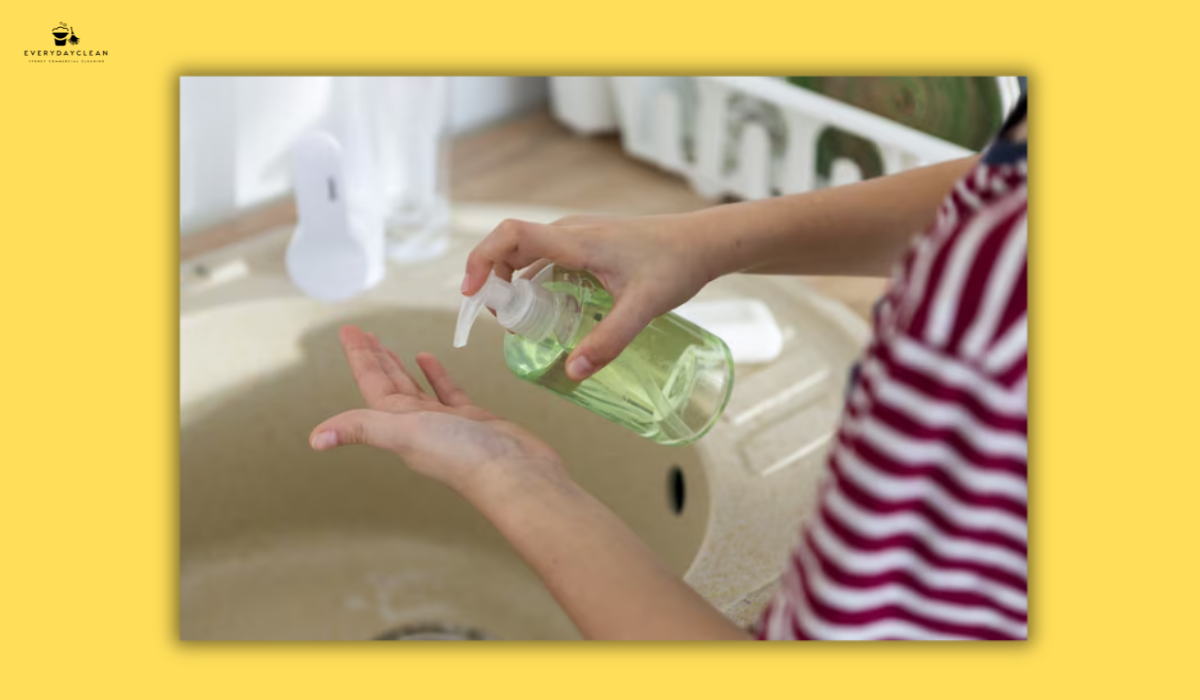
FAQs About Eco-Friendly Cleaning Products for Schools
Before adopting a green cleaning program, schools often have questions about safety, cost, and performance. Below are detailed answers to the most common queries based on real user intent data.
What does “green cleaning” mean in a school setting?
Green cleaning means using cleaning methods and products designed to reduce exposure to harmful chemicals and minimise environmental impact. It involves certified products, reusable tools, and training for cleaning staff to handle materials safely. In schools, it ensures that every cleaning decision supports both hygiene and child wellbeing.
Are eco-friendly disinfectants effective against classroom germs?
Yes. Hydrogen peroxide, lactic acid, and citric acid-based disinfectants can effectively eliminate common pathogens such as norovirus, E. coli, and influenza when used according to label directions. Certified products undergo laboratory testing to confirm antimicrobial performance while avoiding harsh fumes and residues.
Which chemicals should be avoided in school cleaning?
Schools should avoid chlorine bleach vapours, quaternary ammonium compounds, phenols, and high-fragrance aerosols. These substances can irritate the respiratory system and trigger allergic reactions. Safer substitutes include pH-neutral cleaners and biodegradable surfactants.
How do eco-friendly products affect costs?
Although unit prices may appear higher, concentrated eco products use smaller doses and reduce waste. When combined with training and refill systems, most schools achieve long-term savings and fewer health-related absences.
Can homemade cleaners be used safely in classrooms?
Mild DIY options like vinegar and baking soda can be useful for spot cleaning, but should not replace certified disinfectants in areas where hygiene compliance is mandatory. Always test on small surfaces and ensure proper ventilation.
Final Thoughts
Eco-friendly cleaning products are transforming how schools manage hygiene. Beyond lowering chemical exposure, they contribute to cleaner air, healthier classrooms, and long-term sustainability goals.
By choosing certified products, investing in staff training, and adopting refillable systems, schools can achieve superior cleanliness standards that protect both people and the planet — every day. Learn how Everyday Clean supports Australian schools with sustainable, safety-first cleaning programs tailored to educational environments.
Author: Everyday Clean Content Team
Everyday Clean is Sydney’s trusted provider of commercial cleaning solutions, including schools, offices, gyms, and childcare centres. Our licensed professionals use advanced, eco-friendly equipment to deliver safe, compliant, and spotless results across all facilities. With deep experience in the education sector, we help schools maintain hygienic, student-ready environments that staff and families trust.
